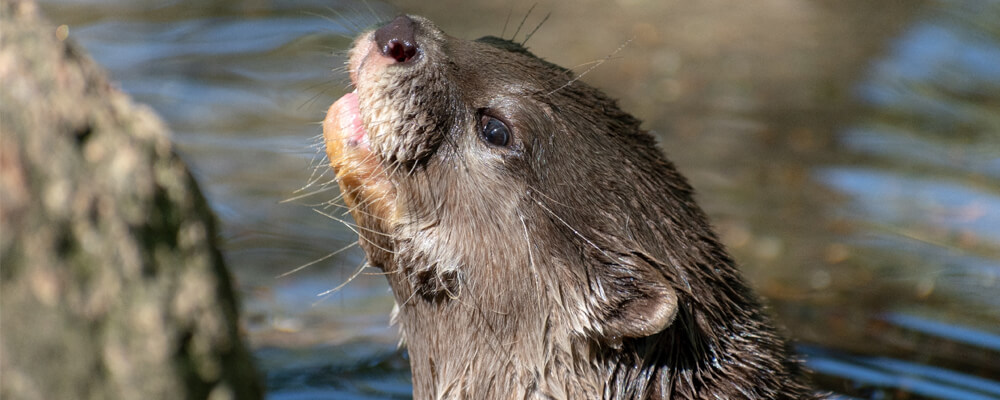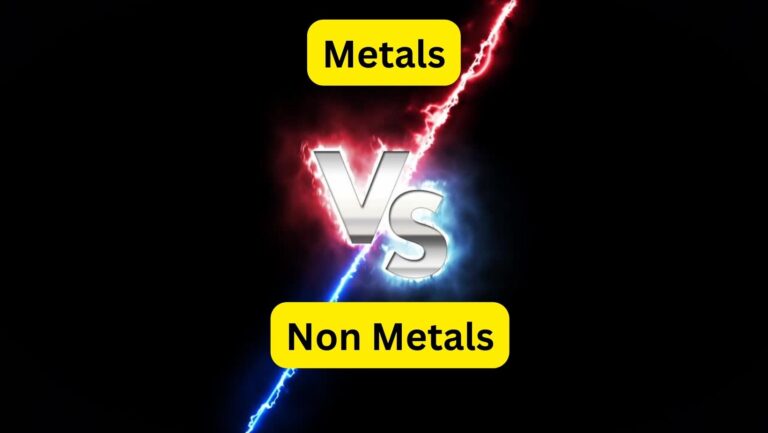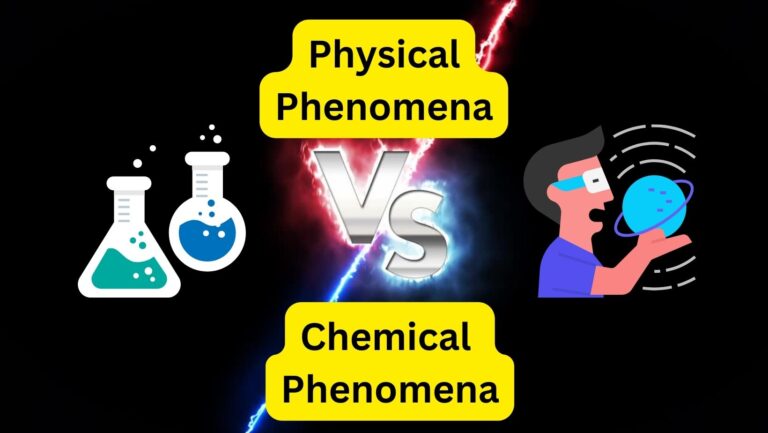
Viviparous, oviparous and ovoviviparous animals differ in that viviparous ones develop in the mother’s womb, oviparous ones in an egg that grows outside the womb, and ovoviviparous ones in an egg as well, but inside the mother’s womb. Let’s check below the difference between viviparous oviparous and ovoviviparous animals.
Difference between Viviparous Oviparous and Ovoviviparous Animals
What are Viviparous Animals
Viviparous animals are all those that develop and feed within the body of the pregnant female until the moment of birth. Once they are born, they can live autonomously, since they are fully developed.
An exception to this rule is the viviparous marsupials, whose young are born prematurely and need to complete their formation process within the pouch of the parent animal (such as kangaroos).
Almost all mammals (vertebrate animals with mammary glands) are viviparous. The exceptions to this rule are echidnas and platypus, which hatch in eggs that were previously inside the body of the parent female, making them ovoviviparous.
The term viviparous comes from the Latin viviparus , which in turn is a word composed of vivus (alive, animate, and alive) and parire (to give birth, give birth).
How do Viviparous Animals Reproduce
Viviparous animals reproduce sexually. Fertilization occurs when the male’s sperm unites with the female’s egg and an embryo is generated. Depending on how the embryo continues to evolve, viviparous animals are classified into two types:
- Placental viviparous : pregnant females have a placenta where the embryo will complete its development process until the moment of birth.
- Viviparous marsupials : pregnant females lack a placenta, so the embryo can only evolve to a certain point. At birth, it passes into the pouch, an outer structure similar to a bag, where it will complete its development.
Fetal Nutrition of Viviparous Animals
Viviparous fetal nutrition is placentotrophic, that is, they feed through the maternal placenta. These nutrients depend directly on the mother’s diet. Therefore, a properly nourished viviparous female will carry a well-nourished embryo.
The gestation process varies by species. In mice, gestation lasts 20 days, in humans it lasts nine months and in whales, 12 to 18 months.
Examples of Viviparous Animals
Except for extraordinary exceptions, such as the salamander of the subspecies Salamandra salamandra gallica , almost all viviparous are mammals. This is a list with some examples:
- Kangaroo
- Tiger
- Whale
- Lion
- Bear
- Dog
- Rabbit
- Cat
- Gazelle
- Zebra
- Horse
- Dolphin
- Pig
- Giraffe
- Rhinoceros
- Sheep
- Goat
- Cow
- Wild pig
- Panda
What are Oviparous Animals
Oviparous animals are those that develop inside an egg, a specialized structure that can be inside or outside the body of the pregnant animal.
Being inside an egg, the embryo cannot feed directly from the parent female, like viviparous ones. In this case, it feeds on the nutrients in the yolk. When it has completed its development process, it hatches, that is, it breaks the structure that contains it to go outside. This process is usually instinctive, so the baby does not require help to be born.
Birds, insects, and most reptiles, fish, and amphibians are oviparous, with a few exceptions for ovoviviparous species.
Oviparous comes from the Latin compound for ovum (egg) and parire (to give birth).
How do Oviparous Animals Reproduce
In oviparous, reproduction can be internal or external. This involves two different types of egg development:
- Internal fertilization : after copulation between the male and the female, an embryo is generated within this. Then, the female will lay an egg that contains the embryo and will deposit it in a safe place (in a nest, under the sand, in a hidden place, etc.). In that egg, the future hatchling will complete its development until it is time to hatch and be born.
- External fertilization : the female expels an egg to the outside, which will be fertilized by the male. From there, it will evolve until it hatches.
Fetal nutrition of Oviparous
The nutrition of oviparous embryos is lecithotrophic. This means that the embryos feed exclusively on the nutrients found in the yolk.
Egg care
It is important to note that both the quantity and care of the eggs depends on each species. A farm hen can lay one egg a day, while a sea turtle can lay more than 70 eggs from a single fertilization.
On the other hand, both male and female penguins are involved in caring for their eggs to avoid exposing them to predators, while other species lay the eggs and abandon them, such as lizards and most reptiles.
Examples of Oviparous Animals
All birds and most reptiles are oviparous. These are some examples:
- Penguin
- Ant
- White stork
- Parrot
- Chicken
- Ostrich
- Iguana
- Eagle
- Condor
- Frog
- Sparrow
- Komodo dragon
- Macaw
- Turtle
- Shark (some species)
- Alligator
- Bee
- Toad
What are Ovoviviparous Animals
Ovoviviparous are those animals that grow inside the pregnant womb, but at the same time are inside an egg, so they share common characteristics with viviparous and oviparous. The egg can hatch inside the womb or be expelled at birth.
How do Ovovivipara reproduce
Ovovivipars reproduce sexually by internal fertilization. Once the embryo has formed, it begins to develop within an egg, which in turn is contained within the pregnant animal, where it will remain until its development process is complete.
The nutrition of future ovoviviparous offspring can be:
- Placentotrophic : the embryo is nourished through the mother’s placenta, like viviparous ones.
- Lecithotrophic : the embryo feeds on the nutrients contained in the egg, such as oviparous ones.
Examples of Ovoviviparous Animals
These are some examples of ovoviviparous animals:
- Stingray
- Platypus
- Echidnas
- Crystal shingles
- Suriname toad
- White shark
- Honeydew
- Trioceros
- Boa constrictor
- Anaconda






